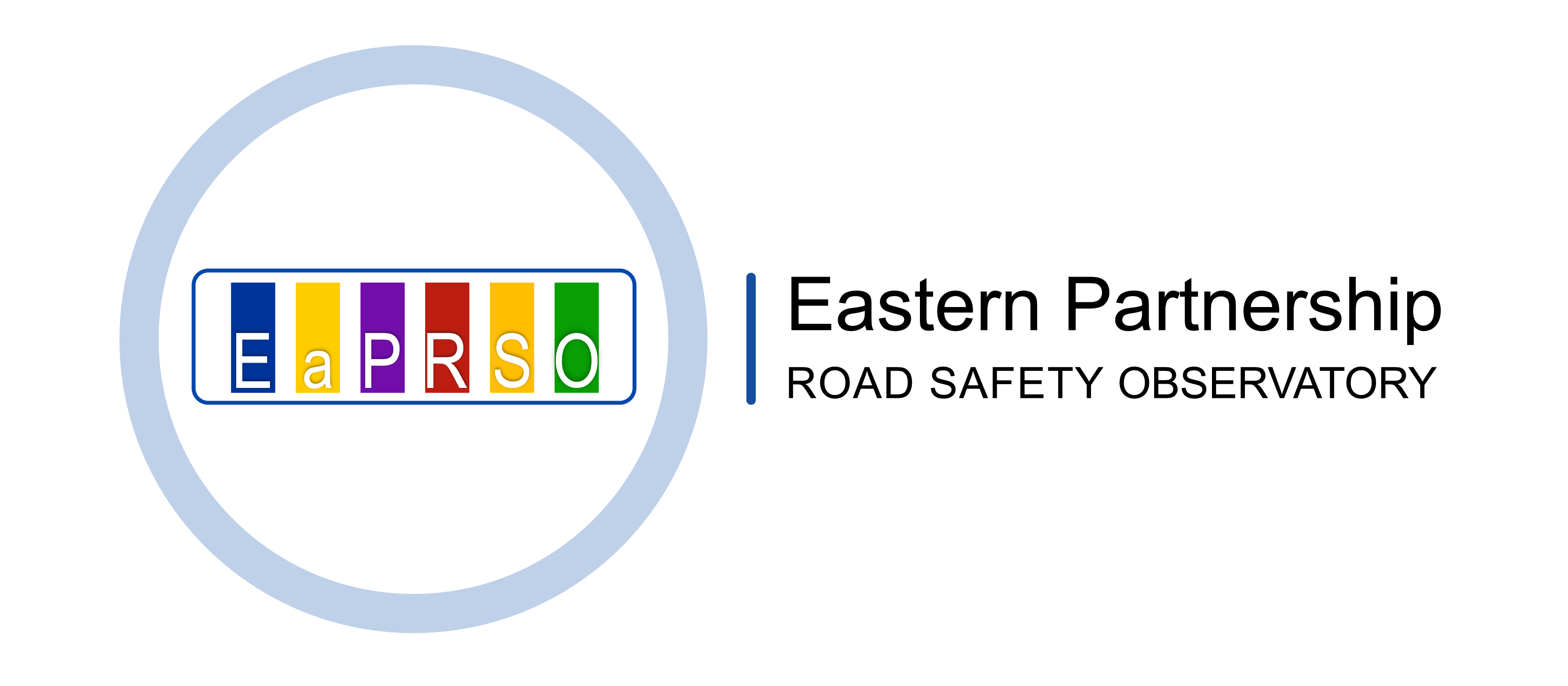Every year around 1.2 million people lose their lives on the world’s roads and between 20 and 50 million suffer life-changing injuries. Fatality rates in Eastern Partnership (EaP) countries are more than twice as high as in the European Union. Road death and injury is a major problem in all EaP countries requiring urgent attention.
In addition to the human tragedy, road casualties bear high social and economic costs. On average, the cost of road death and serious injury is around 4.5% GDP across the five EaP countries.
Roads which are safe for families, young people, and people with disabilities are safer for everyone. Too often a poor safety environment prevents children from attending school, women and people with disabilities from taking up economic opportunities, and elderly people from having a full and active life.
Road death and injury is the biggest killer of young people aged 5-29 in every world region. According to the global NGO YOURS (Youth for Road Safety), more people aged between 15-29 die from road crashes than from HIV/AIDs, malaria, tuberculosis or homicide.


